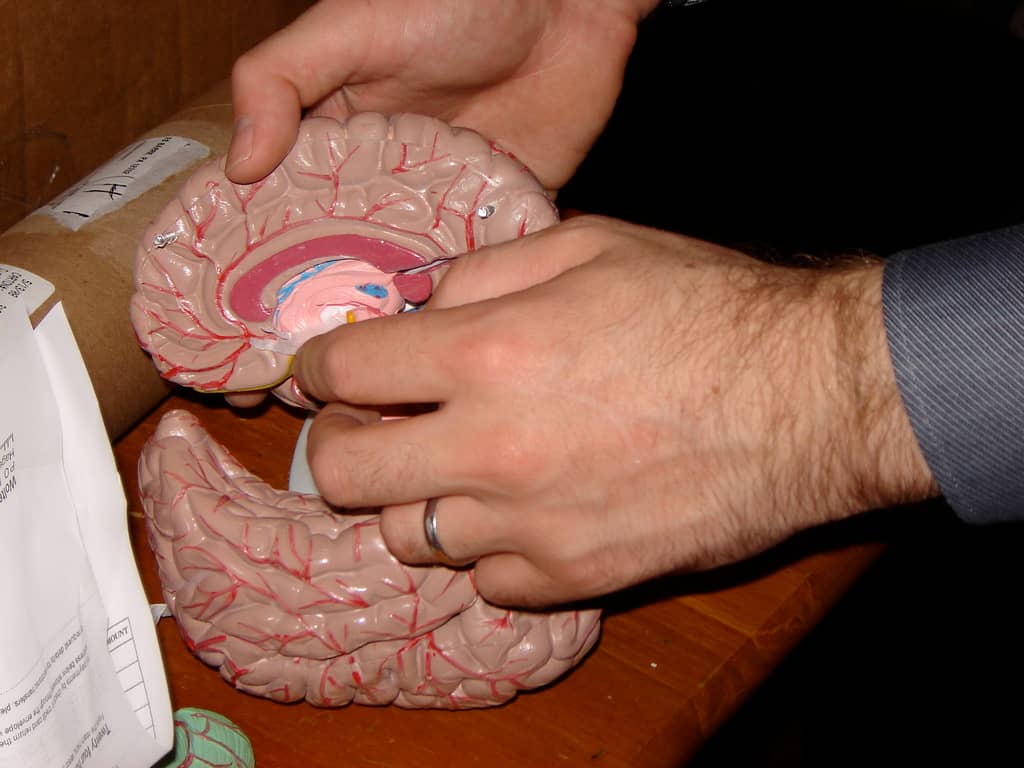Parkinson’s disease is a progressive and chronic disease that is associated with the decreased production of dopamine. Dopamine is a neurotransmitter that works with some parts of your brain that control coordination and movement. Therefore, you need to understand that without dopamine in the area of your brain that is known as the black substance is compromised. This disease can also reach the human muscles that are responsible for swallowing and speech.
In the beginning, treating Parkinson’s Disease was a challenge but thanks to the specialist who have known the exact type of treatment for this particular condition. There are many signs and symptoms of this disease, and most people are asked to visit their doctor once they have noticed the following symptoms.
Tremor
 Shaking or tremor in a leg, arm or hand is the first symptom most people with Parkinson’s disease are likely to notice. At first, the shaking may appear only on one side of the body or in just one arm. If not treated earlier, the tremor may end up affecting the tongue, lips and the chin. If you do not take immediate action and the disease progresses, this tremor will spread to both sides of the body. However, in most cases, the tremor does not spread to the entire body, but it remains on just one side.
Shaking or tremor in a leg, arm or hand is the first symptom most people with Parkinson’s disease are likely to notice. At first, the shaking may appear only on one side of the body or in just one arm. If not treated earlier, the tremor may end up affecting the tongue, lips and the chin. If you do not take immediate action and the disease progresses, this tremor will spread to both sides of the body. However, in most cases, the tremor does not spread to the entire body, but it remains on just one side.
Aching muscles
Aching or stiff muscles is another common early sign of Parkinson’s disease. You are supposed to understand or know that once you have experienced the tremor, many new things will change on your body more especially in your muscles. It is vital to note that your rigid muscles cause this. Therefore, rigidity will end up affecting the muscles of your neck, face, legs and other parts of your body. This will make your muscles feel achy and tired.
Difficulty with walking
 This is also another symptom a person with Parkinson’s is likely to face. You will realize that most people with this disease face difficulties when walking and when they bend they will be unable to turn around. Therefore, you need to understand that posture and balance problems will lead to frequent falls. However, these are the last signs you are likely to face once you have not visited your doctor. Lastly, whenever you face these signs and symptoms, it is advisable to visit your doctor. These, therefore, are just some signs and symptoms of Parkinson’s disease.
This is also another symptom a person with Parkinson’s is likely to face. You will realize that most people with this disease face difficulties when walking and when they bend they will be unable to turn around. Therefore, you need to understand that posture and balance problems will lead to frequent falls. However, these are the last signs you are likely to face once you have not visited your doctor. Lastly, whenever you face these signs and symptoms, it is advisable to visit your doctor. These, therefore, are just some signs and symptoms of Parkinson’s disease.






